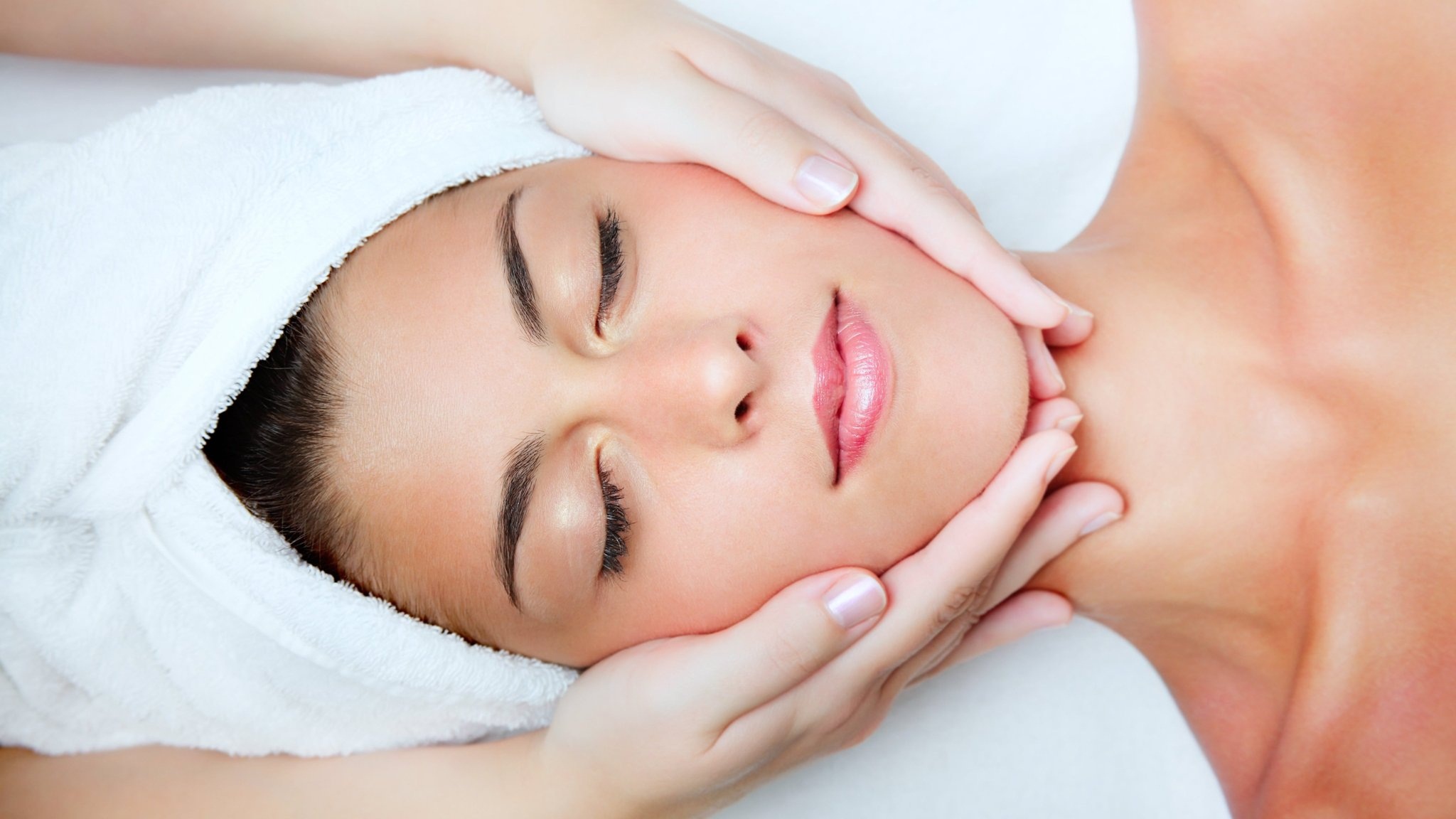The contemporary salon environment is largely characterized by a great deal of innovative and more sophisticated instruments and processes for the sake of improving the quality and minimizing the time during beauty therapy. Woods lamp comes out as among the most recent and widely applicable of these innovations in the salon industry, and is described as a procedure in which light (transillumination) is used in detecting fungal or bacterial impurities attacking the human skin. This is however not the only function of woods lamp examination since the procedure extends to detecting disorders in people’s skin pigments inclusive of various skin irregularities like vitiligo. Salon and beauty specialists agree that the woods lamp examination process is as well very useful in the determination of whether one has scratch known as corneal abrasion on their eye surface. In the salon and beauty setting, this procedure has been referred to largely as ‘the ultraviolet light test’ or sometimes simply as ‘the black light test’.
After having some clue on the woods lamp examination, it is worth knowing what exactly the woods lamp device is and the manner in which it functions in simplifying the beauty therapy processes. A woods lamp can be referred to as a unique but simple handheld gadget that makes use of ultraviolet light for the purposes of illuminating parts of human skin. When the device is being used on a client, the beauty professional, usually in a dark chamber, holds the light over some specific parts of the former’s skin. Whenever the skin is infected by some kind of fungi or bacteria, or in cases whereby its pigmentation has changed significantly, the black light will show color changes in the affected parts of the skin. On the other hand, no color change will be witnessed when a client’s skin is free of fungal or bacterial infections.
Since its conception, introduction and adoption in the salon and beauty sector, woods lamp has been greatly helpful in diagnosing a vast scope of skin conditions ranging from melisma and vitiligo to pityriasis versicolor and tinea capitis. Whenever the client suffers corneal abrasions on their eye, the salon expert needs to add some fluorecin solution in the area before shining the woods lamp above the affected part of the face. Skin scratches or abrasions on the client’s face are expected to glow upon shining of the black light on the affected region. Professionals in this beauty and salon industry are confident that the procedure does not involve any risks.

